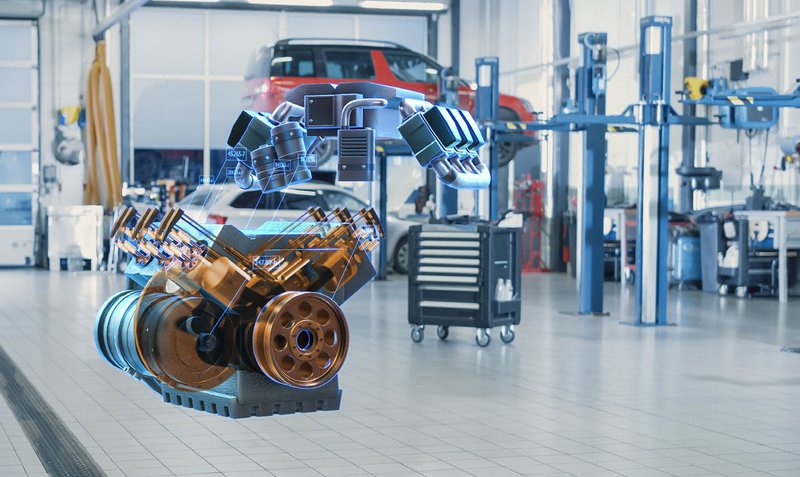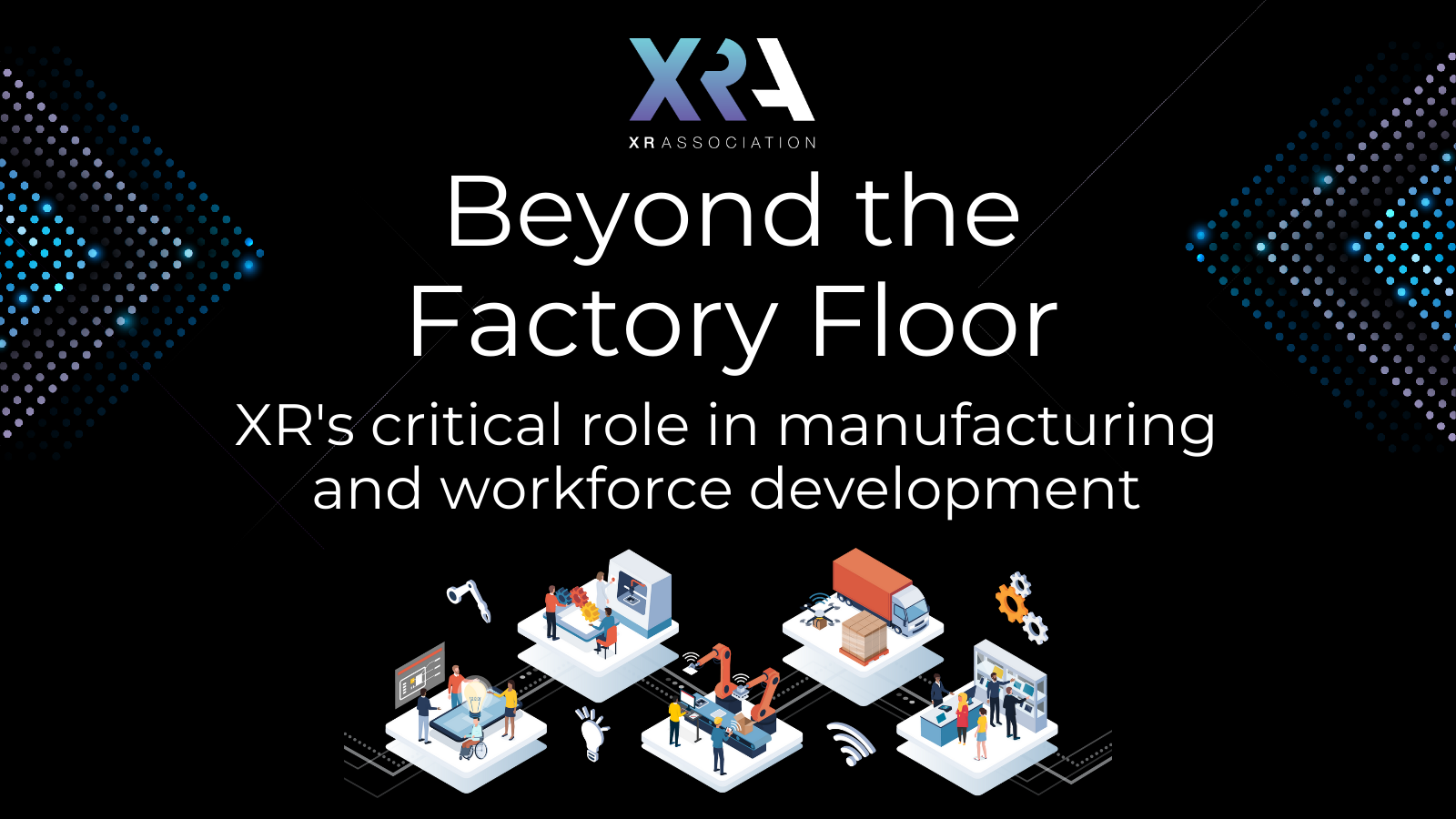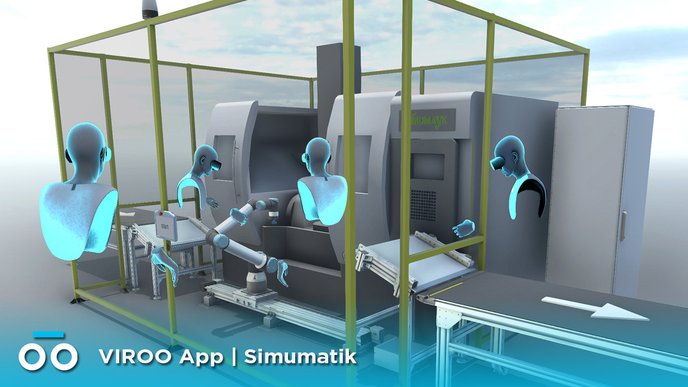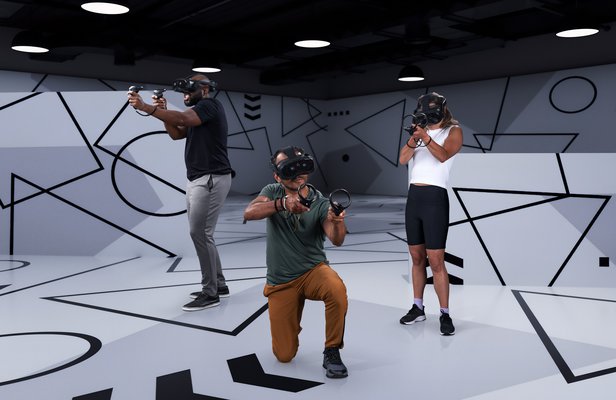The XR Association (XRA) has released a new survey showing how extended reality (XR) is benefiting the manufacturing industry. The main highlights include better ROI on employee training, and improved trainee preparedness. These findings match HTC VIVE’s earlier report on the same topic, highlighting XR’s real-world impact. Let's look at the numbers from both studies to see how XR is revolutionizing manufacturing.
Effective training is a must for any industry, but it normally comes at a high price. According to a 2023 Training Industry Report by Training Magazine, US manufacturers spent an average of $5.4 Million on training in 2023. Historically, training has been expensive due to employee travel, non-renewable training equipment, and the need for dedicated training spaces. XR allows for unlimited training sessions in a virtual setting, reduces travel, and eliminates pricey one-time-use materials. In XRA's survey, 72% of manufacturing professionals said XR delivers a positive ROI for employee training. The HTC VIVE report backs those findings, with 75% of respondents seeing a clear return on investment.
Preparedness is another top concern in manufacturing, where heavy machinery and complex processes can pose risks. XR training boosts confidence (as much as 275% according to a PwC report) by providing a safe space to practice over and over, and make mistakes without real-world consequences.

The HTC VIVE survey found that 95% of employees felt safer after training in XR – indicating better preparedness. This comes from the technology’s ability to simulate dangerous situations and emergency responses and ensure that trainees are equipped to handle a variety of scenarios. Complementing this finding, XRA’s survey found that 68% of manufacturers are experiencing a skills shortage, with XR as a solution to close the preparedness gap.
The data also shows that XR adoption in the manufacturing sector has significant growth potential. The XRA survey found that 81% of decision-makers see the technology as good for manufacturing. Similarly, the HTC VIVE survey found that 59% of non-users plan to start using XR within five years. Market research from ARtillery Intelligence projects XR revenues to grow from $22.7 billion in 2022 to $70.1 billion by 2027, highlighting its growth in manufacturing and beyond.




